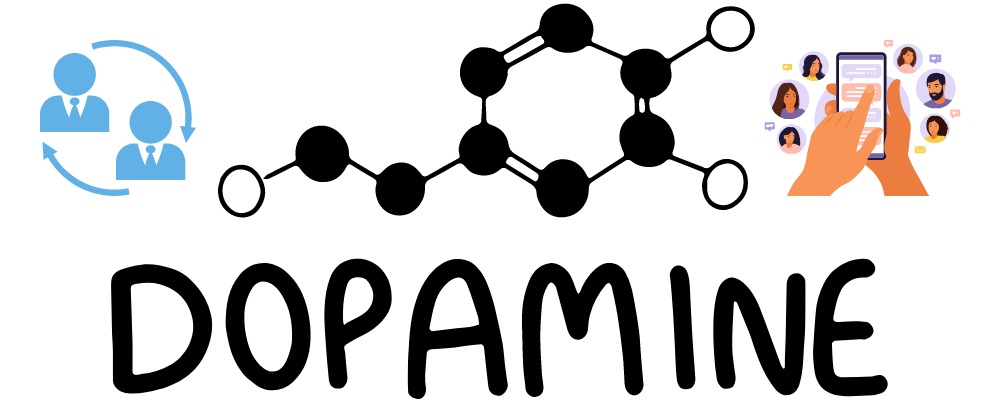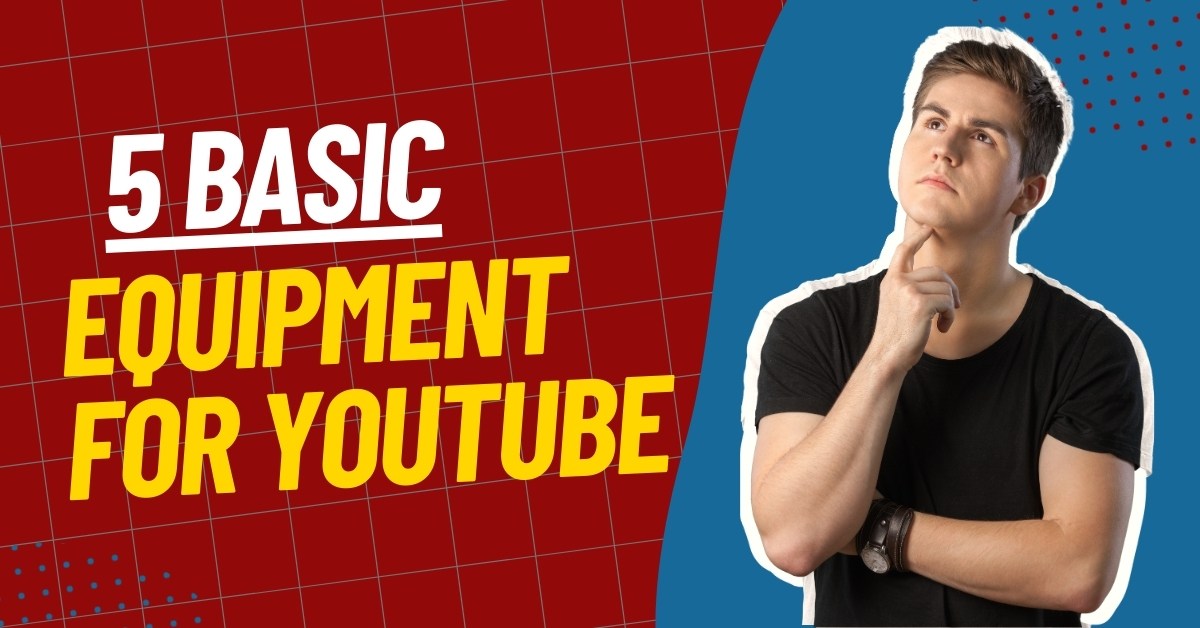|
Listen to the Article Here
|
Generate leads with social media; with dopamine hits
The Effects of Dopamine with Social Media Use
Social media use has been found to increase dopamine levels in users, leading to the addictive nature of these platforms. We are calling this, “dopamine hits”. Dopamine, a neurotransmitter associated with pleasure and reward, plays a crucial role in the brain’s reward system. Therefor when users engage with social media platforms, activities such as receiving likes, comments, and shares trigger the release of dopamine, reinforce their behavior and creating a sense of pleasure and satisfaction. (View sources below)

Dopamine Hits: Boosting Engagement and Referral Leads Through Social Media Engagement
In today’s highly connected digital landscape, businesses have recognized the immense potential of social media platforms. For example, social media can increase opportunities for brand promotion, lead generation, and fostering meaningful connections with their target audience. Leveraging the power of dopamine, a neurotransmitter associated with pleasure and reward, businesses can significantly enhance their social media engagement and generate valuable referral leads. In this article, we will explore how actively engaging with others’ content on social media can trigger the dopamine effect, leading to increased engagement with your own posts and ultimately driving referral leads.
Stimulating Positive Emotions:
The act of receiving likes, comments, and shares on social media triggers the release of dopamine, which stimulates positive emotions and a sense of reward. In other words, by engaging with others’ content, businesses contribute to this dopamine-driven cycle of positive reinforcement. When users see that a business has interacted with their posts, it not only validates their content but also creates a pleasurable experience. As a result, users are more inclined to reciprocate the engagement, leading to increased engagement rates on the business’s own posts.
Showcasing Thought Leadership and Expertise:
Engaging with others’ content also provides an opportunity for businesses to showcase their thought leadership and expertise within their industry. For example, by leaving thoughtful comments, sharing valuable insights, and engaging in meaningful conversations, businesses position themselves as trusted authorities. This establishes credibility and encourages users to view the business as a reliable source of information. Lastly, when businesses consistently contribute meaningful engagement, users are more likely to engage with their posts and potentially refer their network to the business’s products or services.
Leveraging the Power of Social Proof:
Social proof plays a significant role in driving engagement and referral leads. Furthermore, when businesses actively engage with others’ content, they increase the visibility of their brand and foster social proof. Moreover, users observing the business’s engagement may perceive it as an endorsement, which can influence their decision to engage with the business’s own posts or explore its offerings further. Finally, social proof triggers the dopamine effect by creating a sense of validation and reassurance, resulting in increased engagement and potential referral leads.
Final Thoughts on Social Media Dopamine Hits
Engaging with others’ content on social media is a powerful strategy that taps into the dopamine effect and drives engagement and referral leads for businesses. In addition, by building reciprocity and trust, establishing authentic connections, stimulating positive emotions, showcasing thought leadership, and leveraging social proof, businesses can create a thriving online presence. Remember, consistent and genuine engagement is key to nurturing relationships, generating leads, and maximizing the potential of the dopamine effect. To conclude, embrace the power of engagement, and watch as your social media presence flourishes, leading to increased engagement and a steady stream of valuable referral leads. Dopamine hits can work for your business.
Sources:
Psychological Science↗
Sherman, L. E., Payton, A. A., Hernandez, L. M., Greenfield, P. M., & Dapretto, M. (2016). The Power of the Like in Adolescence: Effects of Peer Influence on Neural and Behavioral Responses to Social Media. Psychological Science, 27(7), 1027–1035. doi: 10.1177/0956797616645673
Journal of Management Information Systems ↗
Turel, O., & Qahri-Saremi, H. (2018). Problematic use of social networking sites: Antecedents and consequence from a dual-system theory perspective. Journal of Management Information Systems, 35(3), 937–970. doi: 10.1080/07421222.2018.1461109.
The Emerging Neuroscience of Social Media. Trends in Cognitive Sciences ↗
Meshi, D., Tamir, D. I., & Heekeren, H. R. (2015). The Emerging Neuroscience of Social Media. Trends in Cognitive Sciences, 19(12), 771–782. doi: 10.1016/j.tics.2015.09.004
If you are concerned about you or your staff spending too much time on social media, and not enough time on your customers and core business, you can trust to outsource your social media activities to us. We’ll craft a plan with you and take care of the rest!




